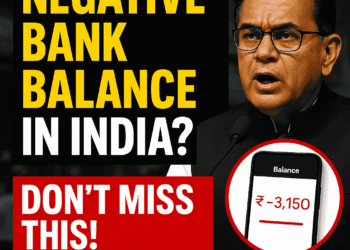Finance Minister Nirmala Sitharaman presented the Union Budget 2025-2026 in the Parliament. The budget outlines the government’s revenue and expenditure plans for 2025-2026.
Key Highlights of the Budget
Revenue Account
The budget provides details on the government’s revenue projections, including tax revenues, non-tax revenues, and capital receipts.
Expenditure Profile
The budget outlines the government’s expenditure plans, including allocations for various ministries, departments, and schemes.
Deficit Statistics
The budget provides information on the government’s fiscal deficit, revenue deficit, and primary deficit.
Sector-wise Allocation
Agriculture and Farmers Welfare

The budget provides allocations for various schemes and programs aimed at supporting farmers and agricultural development. It has introduced initiatives like the Prime Minister Dhan-Dhaanya Krishna Yojana to bolster agricultural output and improve farmer incomes.
Education
The budget outlines allocations for various educational initiatives, including schemes for school education, higher education, and skill development.
Health and Family Welfare
The budget provides allocations for various health schemes and programs, including the Ayushman Bharat Yojana.
Taxation
The budget proposes various tax measures, including changes to income tax rates, customs duties, and excise duties.
Investment and Infrastructure
The budget outlines plans for investment in infrastructure development, including roads, railways, and urban development. The budget has allocated ₹11.21 lakh crore for capital expenditure.
MSMEs
The government has expanded the credit framework for MSMEs, raising investment and turnover limits, and introducing a credit guarantee cover to facilitate easier access to credit.
Fiscal Deficit
The government aims to reduce the fiscal deficit to 4.4% of GDP by the 2025-26 financial year.
Market Borrowings
The gross market borrowings are estimated at ₹14.82 lakh crore.
Overall Objectives of the Budget
Overall, the Union Budget 2025-2026 aims to promote economic growth, support social welfare schemes, and invest in infrastructure development.
Public Response
The public’s response to the Budget 2025 has been mixed.
Positive Reactions
On one hand, the budget’s emphasis on infrastructure development, tax relief, and welfare schemes has been welcomed by many. The increased allocation for infrastructure spending, estimated at ₹11.21 lakh crore, is expected to boost economic growth and create jobs.
Criticisms
On the other hand, some have criticized the budget for being biased towards certain states, with allegations that Bihar has been favored over Andhra Pradesh. The opposition has also raised concerns about the uneven distribution of funds, stating that some states have received significantly more benefits than others.
Taxation Reforms
In terms of taxation, the budget’s new tax slabs have been a major talking point. The new slabs, which range from 5% to 30%, are expected to provide relief to taxpayers, especially those in the lower income brackets. However, some have expressed disappointment that the budget did not address the issue of capital gains taxation.
Conclusion
Overall, the public’s response to the Budget 2025 reflects the complexities and challenges of managing a large and diverse economy like India’s.








